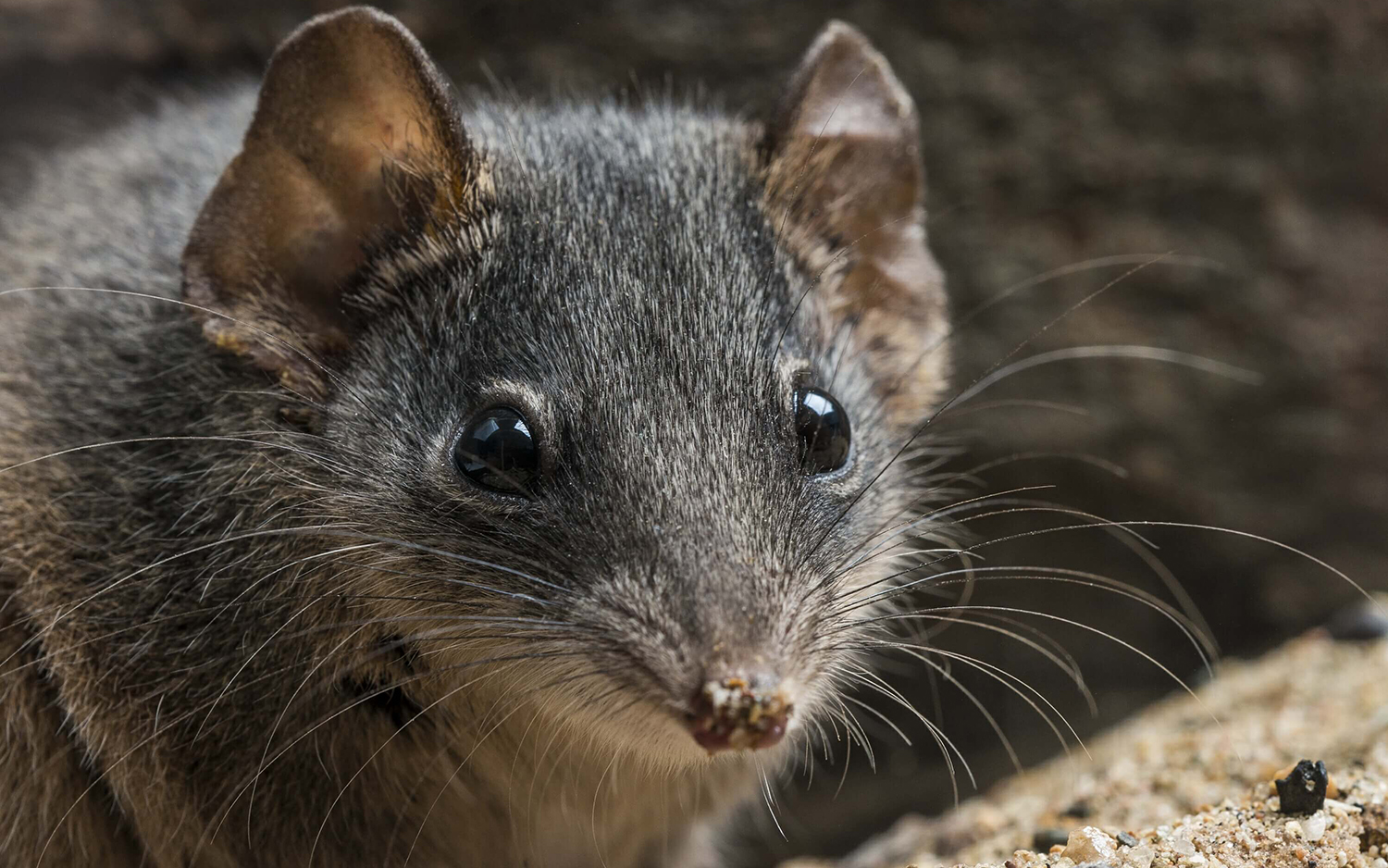If These Tiny Marsupials' Marathon Mating Sessions Don't Kill Them, Humans Will

A type of marsupial dies in droves during mating season, but the tiny mammals currently face a much greater threat to their survival: humans.
Two species of Antechinus — a genus of shrew-like animals known for marathon mating sessions that leave the males crippled, spent and dying — were recently added to the Australian endangered species list, representatives of the Queensland University of Technology (QUT) reported in a statement.
In a decision effective May 11, the Australian government's Threatened Species Scientific Committee (TSSC) declared the silver-headed antechinus (Antechinus argentus) and the black-tailed dusky antechinus (Antechinus arktos) endangered, primarily due to severely reduced habitat and other risks brought about by human-induced climate change. [Antechinus Photos: New Marsupials Die for Sex]
Currently, there are 15 known species of antechinus in Australia; the silver-headed antechinus was identified in 2013, and the dusky antechinus was identified in 2014, according to the TSSC report. Both species are small and carnivorous, with silver-headed males weighing about 1.5 ounces (43 grams) on average and dusky males weighing about 3.2 ounces (90 grams) on average.
Antechinuses, which are only found in Australia, New Guinea and Tasmania, are known for an unusual and extreme mating strategy known as suicidal reproduction. During breeding season, the animals frantically copulate for up to 14 hours at a time and expire from exhaustion, injuries and organ failure in a matter of weeks, leading to annual mass die-offs of antechinus males.
But the carnage of antechinus mating isn't why the two species are facing an uncertain future. Rather, they inhabit high-altitude forest habitats, where these animals face growing threats of wildfires, predation from invasive species such as cats and foxes, and habitat disturbance from cattle and feral pigs, the TSCC reported.
Both the silver-headed antechinus and the dusky antechinus were found high up on mountains in southeastern Australia; they were probably driven to the misty summits by changing environmental conditions, Andrew Baker, one of the researchers who discovered the two species, and a senior lecturer with QUT's science and engineering department, said in the statement.
Get the world’s most fascinating discoveries delivered straight to your inbox.
"They have likely retreated there as the climate has warmed, and there is now nowhere left for them to go," he said in the statement.
As yet, no official recovery plans have been outlined to help the tiny marsupials or to conserve their threatened habitats, according to the TSCC report. However, the new position on the official endangered species list will raise awareness about the antechinuses' plight, and could lay important groundwork for future efforts to legislate their protection, Baker said.
"If we take immediate action, hopefully in time we will see the antechinus removed from the endangered list," Baker said.
Original article on Live Science.

Mindy Weisberger is a science journalist and author of "Rise of the Zombie Bugs: The Surprising Science of Parasitic Mind-Control" (Hopkins Press). She formerly edited for Scholastic and was a channel editor and senior writer for Live Science. She has reported on general science, covering climate change, paleontology, biology and space. Mindy studied film at Columbia University; prior to LS, she produced, wrote and directed media for the American Museum of Natural History in NYC. Her videos about dinosaurs, astrophysics, biodiversity and evolution appear in museums and science centers worldwide, earning awards such as the CINE Golden Eagle and the Communicator Award of Excellence. Her writing has also appeared in Scientific American, The Washington Post, How It Works Magazine and CNN.


